The journey to a perfectly aligned smile is an exciting investment in your confidence and long-term oral health. However, whether you’ve chosen traditional braces or modern clear aligners, this journey introduces a new and critical challenge: maintaining impeccable oral hygiene around and beneath these appliances. Brackets, wires, and even the snug fit of aligners create countless new hiding spots for plaque and food debris, dramatically increasing the risk of cavities, white spot lesions (permanent decalcification), and gum inflammation. The straightening of your teeth should not come at the cost of their health. So, how can you effectively navigate this complex cleaning landscape to ensure your smile is not only straight but also healthy and strong when the treatment ends?
The answer lies in a three-pronged strategy: equipping yourself with the right specialized tools, executing a meticulous and consistent cleaning routine, and making smart dietary adjustments to minimize risk. This comprehensive guide will provide a detailed roadmap for both brace and aligner wearers, ensuring you finish your orthodontic treatment with a result that is truly worth celebrating.
The Essential Arsenal: Specialized Tools for the Job
Attempting to clean braces or aligners with a standard toothbrush and floss is like trying to clean a intricate watch with a broom—it’s simply not fit for purpose. Investing in the right tools is the non-negotiable first step.
For Braces Wearers:
- Orthodontic Toothbrush: This is a soft-bristled brush with a V-shaped groove cut into the center of the bristles. This design allows you to clean both the top of the brackets and the tooth surface underneath simultaneously.
- Interdental Brush: Often called “proxy brushes” or “Christmas tree brushes,” these are your best friends. Their tiny, conical bristles are designed to slide under the archwire and scrub around the brackets, effectively removing plaque that a regular brush can’t reach.
- Water Flosser (Irrigator): While not a replacement for string floss, a water flosser is incredibly effective for braces. It uses a targeted stream of water to blast food particles out from under wires and between teeth, reducing the force required for subsequent flossing and soothing inflamed gums.
- Floss Threader or Orthodontic Floss: A floss threader is a stiff, plastic needle-like tool that helps you guide regular floss under the main archwire. Alternatively, specialized orthodontic floss has a stiffened end that acts as its own threader, making the process faster.
- Fluoride Mouthwash: An essential, non-negotiable part of your daily routine. A daily fluoride rinse helps to remineralize enamel and fortify teeth against the acid attacks that are more frequent with braces.
For Aligner Wearers:
- Soft-Bristled Toothbrush: For cleaning both your teeth and the aligners themselves.
- Floss: Since there are no physical barriers, you can floss normally, but it must be done meticulously after every meal before reinserting the aligners.
- Aligners Cleaning System: This can be specialized cleaning crystals (like Invisalign’s own brand) or a gentle, clear antibacterial soap. Avoid toothpaste on the aligners, as it is mildly abrasive and can create micro-scratches that make them appear cloudy.
- A Dedicated Soaking Case: Always use a clean case with fresh water and cleaner for soaking, never just a glass or napkin, to prevent bacterial growth and damage.

The Strategic Routine: Meticulous Cleaning Strategies
Consistency and technique are everything. A quick, haphazard clean will leave behind the very debris that leads to damage.
The Braces Wearer’s Cleaning Routine (After Every Meal):
- Rinse: Start by swishing vigorously with water to dislodge large food particles.
- Inspect: Use a mirror to identify problem areas.
- Brush with the Orthodontic Brush: Use a fluoride toothpaste. Place the brush at a 45-degree angle to clean above and below the brackets. Use small, circular motions, spending at least 10 seconds on each tooth. Pay special attention to the area between the gum and the bracket, a common site for plaque buildup.
- Detail with the Interdental Brush: Gently guide the proxy brush under the wire between each bracket, scrubbing back and forth several times.
- Floss with a Threader: This is the most time-consuming but most critical step. Thread the floss under the wire for each tooth, gently curving it around the tooth and sliding it below the gumline. Use a clean section of floss for each tooth.
- Irrigate (Optional but Recommended): Use the water flosser on a low-to-medium setting to flush out any remaining debris and massage the gums.
- Rinse with Fluoride Mouthwash: Swish for one minute as the final step to deliver a protective fluoride coat to all surfaces. Do not rinse with water afterwards.
The Aligner Wearer’s Cleaning Routine:
- Upon Removal: Always wash your hands before removing your aligners.
- Rinse Aligners: As soon as you remove them, rinse them with lukewarm (not hot) water to prevent saliva from drying and creating a biofilm.
- Brush and Floss Your Teeth: You must brush and floss thoroughly after every single meal or snack before putting the aligners back in. Trapping food and sugar against your teeth with the aligner is a guaranteed way to cause decay.
- Clean the Aligners: At least once a day, preferably in the morning, give them a deep clean. Brush them gently with a soft toothbrush and a drop of clear, unscented soap, or soak them in a dedicated cleaning solution according to the package directions. Rinse thoroughly.
- Reinsert: Once your teeth are clean and the aligners are clean, you can pop them back in.
The Defensive Diet: Crucial Adjustments to Minimize Risk
What you eat plays a monumental role in protecting your teeth during orthodontic treatment. The goal is to avoid foods that can damage your appliances and, more importantly, to minimize foods that fuel the plaque bacteria.
Foods to Avoid (Primarily for Braces):
- Hard Foods: Nuts, hard candies, ice, popcorn kernels. These can break brackets and bend wires.
- Sticky Foods: Caramel, taffy, gum, chewy candy. These can pull brackets off and are impossible to remove completely from around hardware.
- Foods Requiring Front-Bite Incision: Whole apples, corn on the cob, crusty bread. Cut these into small, bite-sized pieces to avoid damaging the front brackets.
Dietary Habits for All Orthodontic Patients:
- Limit Sugary and Acidic Drinks: Sodas, sports drinks, and fruit juices are the primary culprits for cavity formation. The sugar feeds bacteria, which produce acid that attacks the enamel. If you do consume them, do so quickly with a meal (not sipped over hours) and rinse with water immediately afterwards.
- Reduce Frequent Snacking: Every time you eat, the pH in your mouth drops into the acidic danger zone for about 20-30 minutes. Grazing throughout the day means your teeth are under constant acid attack. Stick to designated meal times to give your saliva time to neutralize acids and remineralize enamel.
- Rinse with Water: If you cannot brush after a meal, swishing vigorously with water is the next best thing. It helps to mechanically dislodge food particles and dilute acids.
- Choose Teeth-Friendly Snacks: Opt for cheese, yogurt, nuts (if you have aligners or can eat them safely with braces), crunchy vegetables (cut up), and fruit like apples (cut up). These are less likely to cling to teeth and can even help stimulate saliva flow.
Conclusion: The Final Reward is a Healthy, Straight Smile
Orthodontic treatment is a temporary phase with a permanent outcome. The discipline you apply to your oral hygiene and diet during these months or years will be directly reflected in the final result. A straight smile marred by white spots, cavities, and inflamed gums is not a success.
By embracing the specialized toolkit, committing to the meticulous cleaning strategies without cutting corners, and making conscious dietary choices, you take an active and empowered role in your treatment. You become a partner with your orthodontist, ensuring that when the braces are removed or the final aligner is used, you reveal not just perfectly aligned teeth, but a foundation of outstanding oral health that will serve you for a lifetime. The effort is significant, but the reward—a confident, healthy, and beautiful smile—is immeasurable.

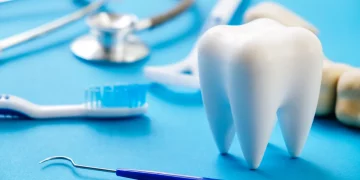



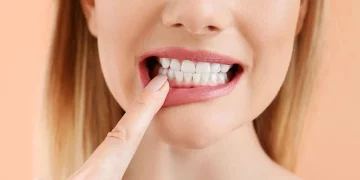
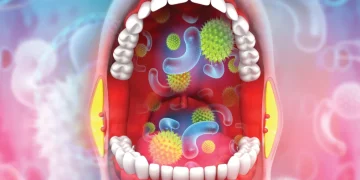
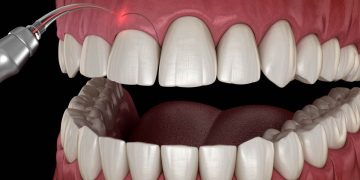
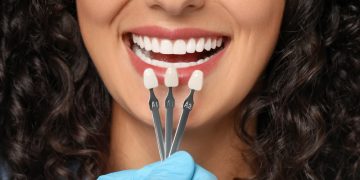
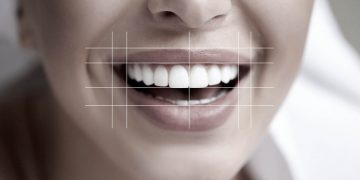
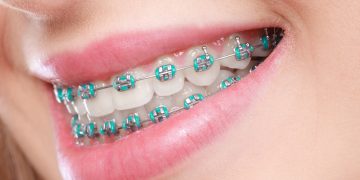
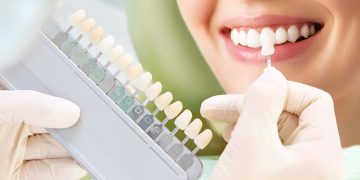
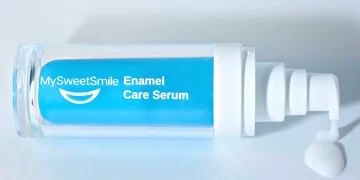


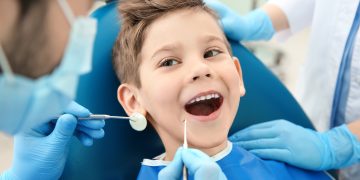














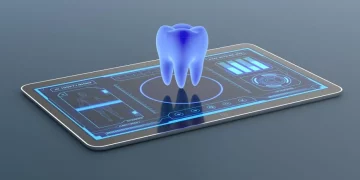
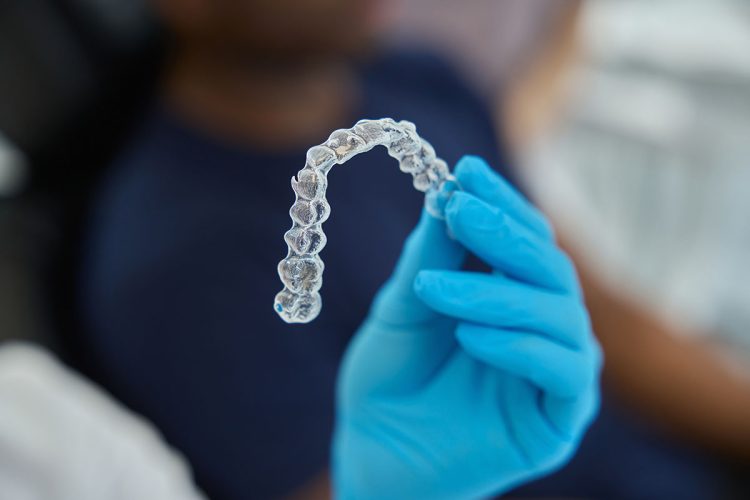












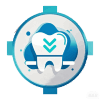
Discussion about this post